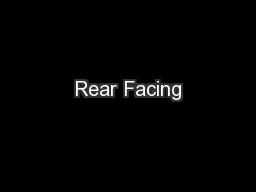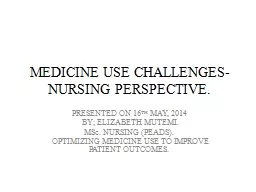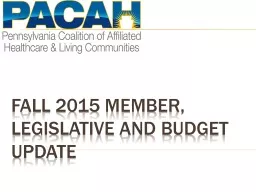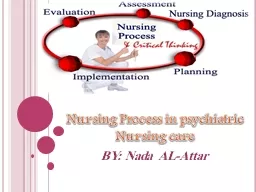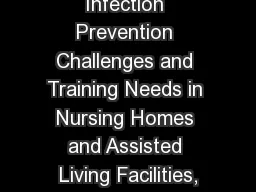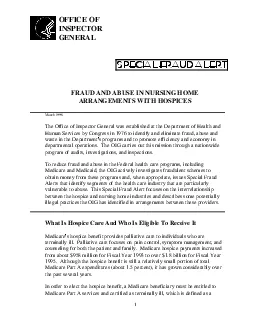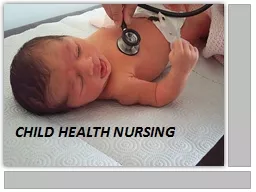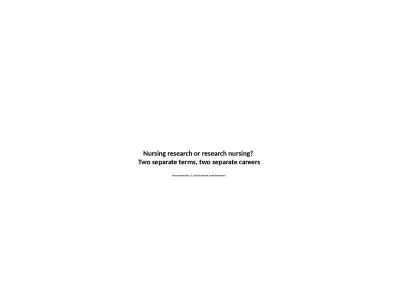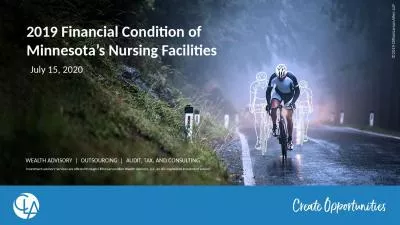PPT-Payment Challenges facing today’s nursing facilities
Author : yoshiko-marsland | Published Date : 2018-10-21
Source Proposed SNF Rule CMS 1351P Karen McDonald BSN RN KLM amp Associates LTC Consulting LLC Agenda Historical Payment System Medicare A RUGS IV 2012 Options Medicaid
Presentation Embed Code
Download Presentation
Download Presentation The PPT/PDF document "Payment Challenges facing today’s nurs..." is the property of its rightful owner. Permission is granted to download and print the materials on this website for personal, non-commercial use only, and to display it on your personal computer provided you do not modify the materials and that you retain all copyright notices contained in the materials. By downloading content from our website, you accept the terms of this agreement.
Payment Challenges facing today’s nursing facilities: Transcript
Download Rules Of Document
"Payment Challenges facing today’s nursing facilities"The content belongs to its owner. You may download and print it for personal use, without modification, and keep all copyright notices. By downloading, you agree to these terms.
Related Documents


